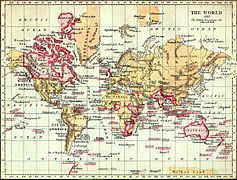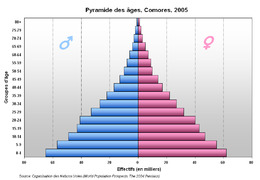ORIGIN OF GEOGRAPHY
Geography (from Greek, geographia, literally "earth description"is a field of science devoted to the study of the lands, the features, the inhabitants, and the phenomena of Earth. The first person to use the word was Eratosthenes (276–194 BC). Geography is an all encompassing discipline that seeks an understanding of the Earth and its human and natural complexities—not merely where objects are, but how they have changed and come to be.
It is often defined in terms of the two branches Human Geography and Physical Geography. The four historical traditions in geographical research are as follows(A) spatial analyses of natural and the human phenomena,
(B) Area studies of places and regions
(C) studies of human-land relationships
(D) Earth sciences..
Geography has been called "the world discipline" and "the bridge between the human and the physical sciences".
INTRODUCTION
Geography is a systematic study of the Earth and its features. Traditionally, geography has been associated with cartography and place names. Although many geographers are trained in toponymy and cartology, this is not their main preoccupation. Geographers study the space and the temporal database distribution of phenomena, processes, and features as well as the interaction of humans and their environment.Because space and place affect a variety of topics, such as economics, health, climate, plants and animals, geography is highly interdisciplinary. The interdisciplinary nature of the geographical approach depends on an attentiveness to the relationship between physical and human phenomena and its spatial patterns.
 |
| Physical map of the Earth with political borders as of 2004 |
The Human geography largely focuses on the built environment and how humans create, view, manage, and influence space.
The physical geography examines the natural environment, and how organisms, climate, soil, water, and landforms produce and interact.
The difference between these approaches led to a third field enviroment geography, which combines physical and human geography and concerns the interactions between the environment and humans.
Branches
(A) PHYSICAL GEOGRAPHY
Physical geography (or physiography) focuses on geography as an Earth science. It aims to understand the physical problems and the issues of lithosphere, hydrosphere, atmosphere, pedosphere, and global flora and fauna patterns (biosphere).
Physical geography can be divided into many broad categories, including
BIOGEOGRAPHY
CLIMATOLOGY & METEOROLOGY
COASTAL GEOGRAPHY
GEOMORPHOLOGY
GLACIOLOGY
HYDROLOGY & HYDROGRAPHY
OCEANOGRAPHY
(B) Human geography
Human geography is a branch of geography that focuses on the study of patterns and processes that shape the human society. It encompasses the human, political, cultural, social, and economic aspects.
Human geography can be divided into many broad categories, such as:
























well done bro , keep going
ReplyDelete